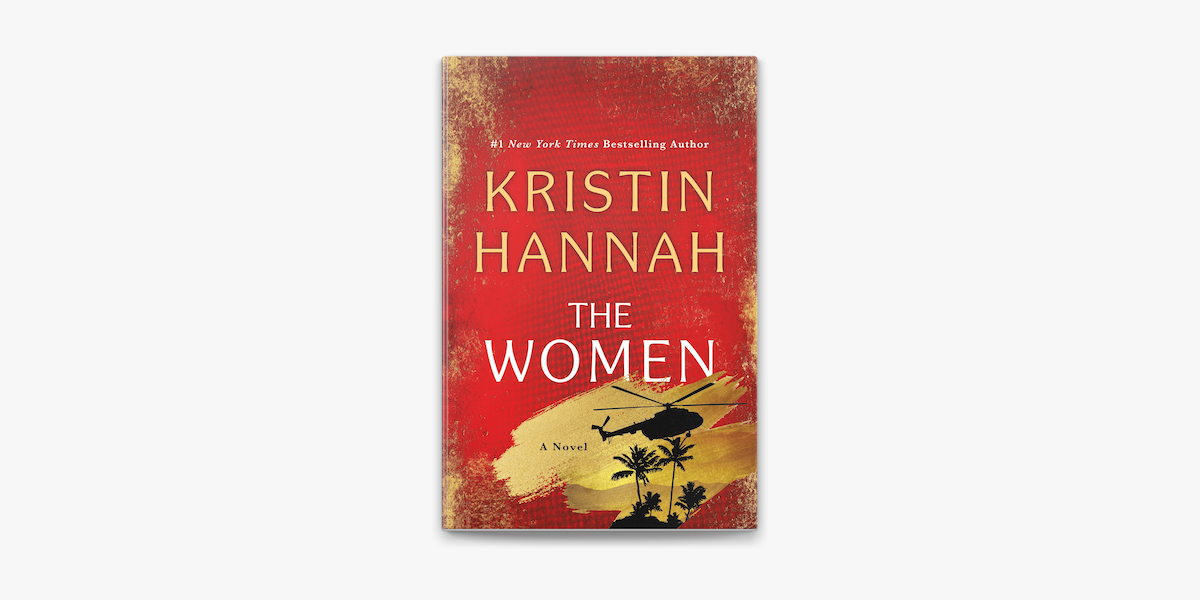Road congestion has shifted into reverse, however automobile accidents are still a driving cause of deaths in the US, especially for teens.
According to the CDC, about 35% of all teen deaths are due to motor vehicle traffic accidents. In this era of motor vehicle mortality, Bruins drivers need to keep their eyes on the road, hands on the wheel, and seatbelt across their chest.
Spanish Teacher Daniel Bussinger and Senior Maddie Pratt shared their experiences with road danger.
“I was on my way up Dog Bar Rd. for an early morning run at Empire Mine State Park, and a deer ran out in front of my truck at the last minute,” Mr. Bussinger said. “I slammed on the brakes and veered to avoid contact with the deer, but fate favored neither me nor the deer. Sadly, the deer was crushed under the bumper of my 2000 4Runner, and the veering off course caused me to drive into a ditch. Thankfully there was no oncoming traffic, but the damage to my truck (and to the deer) were irreversible. The airbags did not deploy, but my seatbelt remained engaged, protecting me from a violent jolt that would have possibly caused headaches or PTSD.”
“I got into an accident six months after I started driving when driving home from work on the back roads one day,” said Pratt. “I was hit from the side by someone and luckily nobody was hurt, just both cars were damaged and mine ended up being totaled.”
Bruins alluded to the importance of vigilance and safety protocols while on the road. Junior Dayanara Moreno Jurado spoke about the ugly truth of a recent accident in Roseville in which teenagers were ejected from the cab due to the lack of seatbelts.
“People should be wearing seatbelts as it is,” she said. “It’s truly terrible what happened with these teens, but wearing seatbelts is something that driving laws enforce, and it is a possibility that if they were wearing their seatbelts like they should have been, they might still be alive. (I’m sorry if I sound cruel but it is true.)”
“I have always thought of car safety as a top priority especially with teen drivers and Highway 49,” said Pratt. “I think that seatbelts should always be worn and you should always be paying attention and staying safe.”
Mr. Bussinger commented on the importance of mental and physical health when driving.
“Exercise and nutrition can help your synaptic processes so you will make better decisions,” he said. “I would recommend eating organic food whenever possible, and include a lot of fruits and vegetables in your diet. Exercise also influences brain operation through blood circulation and other physiological activity. Psychologically, exercise can help with self confidence and self esteem, which in turn help people make better decisions.”
He continued, arguing that, in a pinch, good decision making can make or break a situation.
“Exercise can be as simple as taking a walk or doing some yoga stretches,” he said. “Please consider living a healthy lifestyle when your actions can mean life or death in a highway accident. To be clear, if you eat junk food and watch TV, you will most likely be responsible for a tragic turn of events in someone’s life, so please pull yourself together and make a change right now! Put down that donut you loser, go outside and rake some leaves at the very least! You owe it to your fellow citizens.”
Sophomore Madeline Mattson added a closing thought on how sudden and unexpected traffic accidents can be.
“I think seatbelts are important,” she said. “Since you can never predict something like a car crash, [it’s] better [to] be safe than sorry.”



































